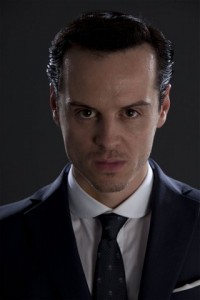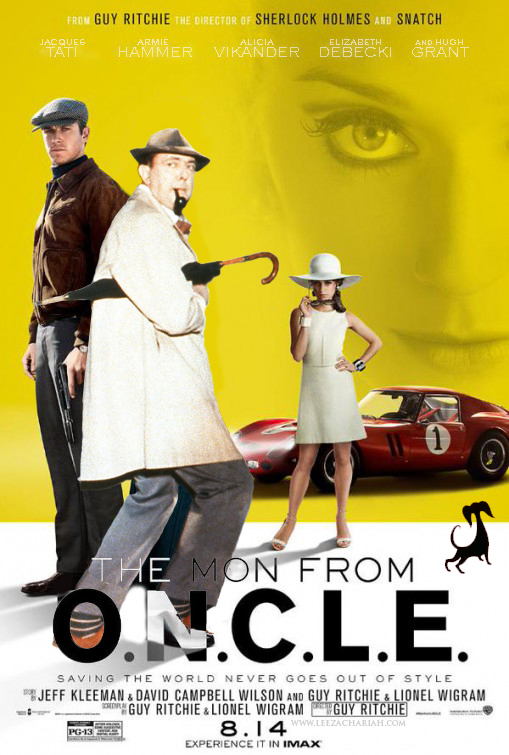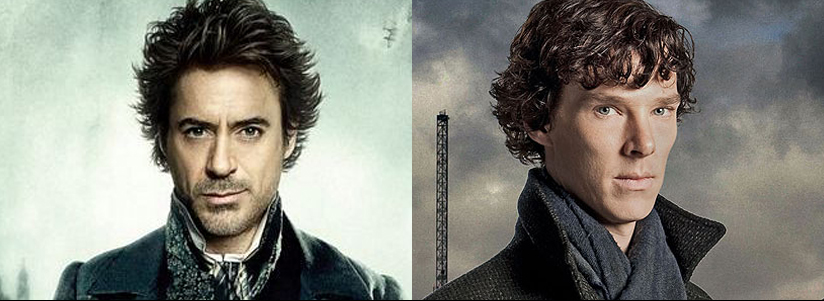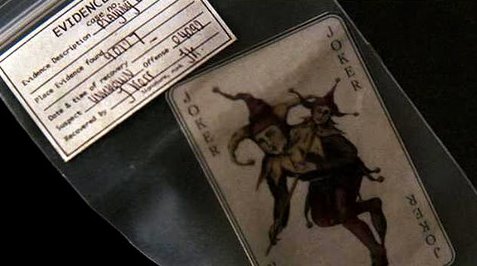Tag Archives: guy ritchie
A Study In Sequels
(Spoilers herein for the Guy Ritchie Sherlock Holmes films, the Steven Moffat/Mark Gatiss Sherlock TV series, some of the original Arthur Conan Doyle stories, Batman Begins and, believe it or not, TMNT.)
Last night I finished watching the second brilliant season of BBC’s Sherlock: Holmes, Watson, Moriarty, and a wonderful skewering of the meaning of “Reichenbach”. A twist ending to leave us guessing, but enough clues to allow for some reasonable theories. It was everything I wanted from the show, once you accept that 52 x 90 minute episodes per year is an unreasonable wish.
As the episode drew to a close and I began contemplating the sort of foetal position I’d need to adopt before season three airs (early 2013, at a guess), something occurred to me. Actually, it occurred to me ages ago when they started teasing the season with the tantalising “The Woman. The Hound. The Fall.”, but because the season hadn’t actually aired yet, I thought it would be bad form to talk about how it would inevitably end.
Long-time Holmes fans had a pretty good idea of where it was going. In the end of the story The Final Problem, our narrator Watson discovers that Holmes and Moriarty have plunged over the Reichenbach Falls together, presumably to their deaths. Arthur Conan Doyle wanted to move on from Holmes, but his fans wouldn’t allow it. Even the next Holmes story, The Hound of the Baskervilles, a prequel, didn’t sate them, so Doyle brought Holmes back properly in The Adventure of the Empty House, his death revealed to have been a fake.
So, what do we do with these stories now, over one hundred years later? It’s not like Shakespeare or Dickens or Greek tragedy: these stories are not spotlights shone on the human condition that remain relevant to us all these years later. No, they are plot-driven adventures, and plot-driven stories do not tend to hold up to repeat tellings, particularly when everybody’s more than familiar with them. At the same time, Holmes is one of the most fascinating characters ever created, so we cannot leave him alone.
Amazingly, Holmes is been tackled simultaneously, in a big-budget Hollywood franchise, and by a (relatively) smaller-budgeted TV show. The first Sherlock Holmes movie (the one with Robert Downey Jnr and Jude Law) came out within a few months of Sherlock season one, and both resisted the obvious temptation of putting Holmes’s arch-foe Moriarty at the centre of it all.
And yet, Moriarty was not absent. Both the film and the TV show attempted to have their cake and eat it too: different villains and challenges were brought to the fore, whilst the promise of Moriarty lingered in the background.
What’s interesting is how these two productions – one a TV series, the other a big budget movie; one modern, one period; one incredibly faithful to the stories, one selectively faithful to certain bits – are, structurally, identical.
Season One of Sherlock and Guy Ritchie’s 2009 Sherlock Holmes both tease us with mentions of Moriarty throughout. He is not he focus, but a distraction. A threat of something bigger. In both cases, Holmes is unfamiliar with him, and both the series and the movie end with the promise that Moriarty will be back.
 Sure enough, the villain returned to menace Holmes in Sherlock Holmes: A Game of Shadows, and then did so again a couple of weeks later in Sherlock Season Two. Both adaptations made use of Moriarty as if following the mix tape rules set out in Nick Hornby’s High Fidelity: the second track has to take it up it a notch. You have to leave yourself somewhere to go.
Sure enough, the villain returned to menace Holmes in Sherlock Holmes: A Game of Shadows, and then did so again a couple of weeks later in Sherlock Season Two. Both adaptations made use of Moriarty as if following the mix tape rules set out in Nick Hornby’s High Fidelity: the second track has to take it up it a notch. You have to leave yourself somewhere to go.
So, naturally, both sequels end with the fall. One off the Reichenbach, the other as a result of Reichenbach. The cliffhanger – or rather, the cliffplunger – is the same in both: Watson, as well as the wider world, believes Holmes to be dead, a fact that the audience discovers is not true. One is played for comedy, the other for tragedy, but they use an almost identical roadmap to get there.
These productions were hardly the first films to use this roadmap. It’s now the accepted formula for reboots of familiar properties, especially those that are coming very quick on the heels of their predecessors (non-filthy reading, please).
2005’s Batman Begins established the trend, aching as it was to replace memories of 1997’s Batman and Robin’s nipple suits and thoroughly-horrible versions of… well, everything, with something more serious. The villain in Batman Begins was the deliberately solemn, obscure and un-costumed Ra’s al Ghul. Whereas previous films had traded on memories of villains from the Adam West TV show, this film deliberately did the opposite. One of its selling points was that nothing was familiar, a feint that proved effective when the heart-stopping Joker card appeared at the end. Clearly, the next film would feature Batman’s most notorious foe. (And not, as a man I overheard at the premiere said to his friend with misplaced confidence, ‘And that one ties into the first film with Jack Nicholson!’.)
Two years later, TMNT attempted to reboot the Teenage Mutant Ninja Turtles for the 21st century, and though it didn’t quite succeed, the film itself was decent. Rather than telling another version of the origin story, this is a get-the-band-back-together story, filled with references to the defeated and deceased Shredder. Until, naturally, the final moments suggested that Shredder was coming back. A sequel never eventuated, but the intent was clearly there.
It’s hardly a huge revelation that reboots of popular characters wish to take a different approach to their predecessors. What’s incredible is how the structure they now take is practically identical from franchise to franchise. How do you bring back these touchstone characters without falling into the dangerous pit of postmodernism? There’s a way to be sincere whilst acknowledging that your audience knows the score.
As much fun as it is to play with superficial coincidences in the two Sherlocks – “Make sure whoever plays Watson starred in Anthony Minghella’s Breaking and Entering!” “Make sure Mycroft is played by a gay Doctor Who fan who got his break in TV comedy!” – the fact that they are using such a similar structure despite their wildly different approaches is a big flag in the ground. The proximity of the two franchises draws attention to this approach in a way the proximity of Batman Begins and TMNT did not, and I suspect we’re going to be referring to these adaptations quite frequently in the future, once we start looking back at the early 21st century with nostalgic eyes and attempt to identify how we told once told these stories.
Will these similarities continue into the third film/third season? Aside from the essential resurrection of Holmes, the way forward is less clear and paths will soon diverge. But if it means we get a third season of Sherlock sooner rather than later, I’m all for encouraging the rivalry.



